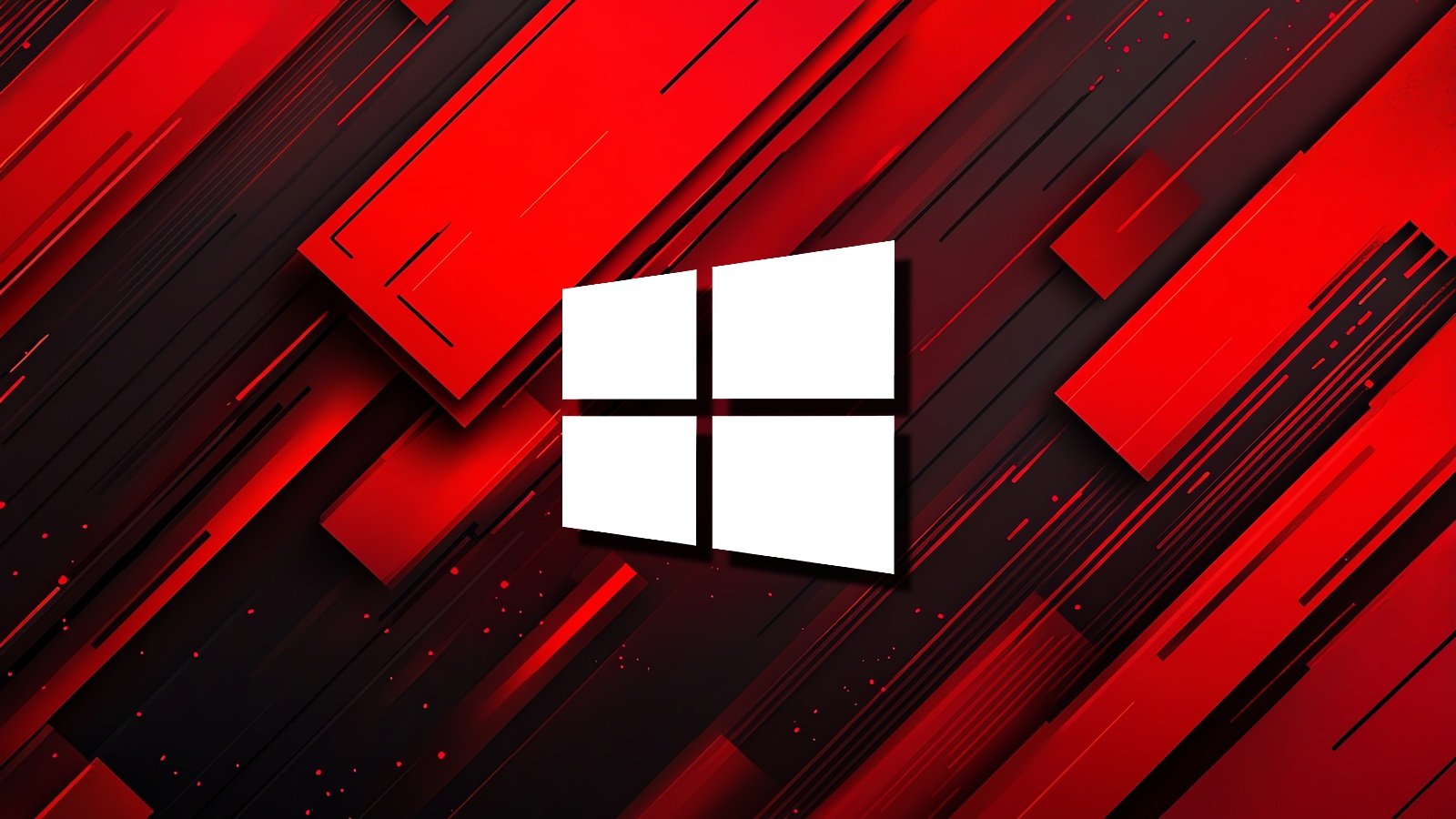
The CLFS driver, integral to Windows for data and event logging, has been a recurrent target for cybercriminals. Over the past five years, at least 25 vulnerabilities have been documented in this component. Notably, prior to CVE-2024-49138, four other CLFS vulnerabilities—CVE-2022-24521, CVE-2022-37969, CVE-2023-23376, and CVE-2023-28252—were exploited in the wild, underscoring a persistent security challenge.
The exploitation of these vulnerabilities has been linked to ransomware groups, including those deploying Nokoyawa ransomware. These actors have leveraged CLFS flaws to escalate privileges, facilitating the deployment of ransomware payloads across various sectors such as retail, energy, manufacturing, healthcare, and software development.
In response to the escalating threats, Microsoft has been developing security mitigations aimed at enhancing the integrity of CLFS log files. One such measure involves the implementation of Hash-based Message Authentication Codes to detect unauthorized modifications, thereby fortifying this critical attack surface against exploitation.
Security experts emphasize the importance of promptly applying the latest patches to mitigate potential threats. Satnam Narang, a senior staff research engineer at Tenable, highlighted that ransomware operators have shown a preference for exploiting CLFS elevation of privilege flaws, enabling them to navigate networks, steal data, and execute encryption-based extortion tactics.
Topics
Technology
